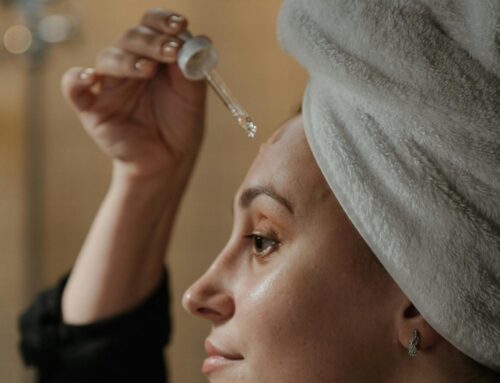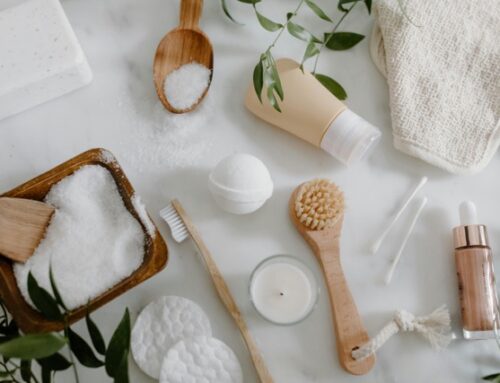When it comes to skincare, most of us focus on results, clearer, brighter, healthier skin. But there’s another dimension that’s gaining attention: the sensory experience. From the luxurious feel of a whipped cream to the calming scent of a botanical serum, the way a product engages our senses can transform a daily routine into a moment of self-care.
The Emotional Power of Sensory Skincare
Sensory elements like texture, scent, and temperature play a powerful role in how we connect with our skincare. A silky serum or a cooling mask doesn’t just treat the skin, it creates a pleasurable ritual. This emotional connection can make us look forward to our routines, turning skincare from a chore into a source of comfort and relaxation. Enjoyment is more than a bonus; it encourages consistency, which is key for seeing results.
How Texture Shapes Our Experience
Texture is often the first thing we notice when applying a product. Recent trends show a surge in demand for innovative formats, think jelly creams, rubber masks, and cloud-like balms. These unique textures aren’t just fun; they signal potency and freshness, and can enhance the way active ingredients are delivered to the skin. For example, rubber masks made from alginate blends create a cooling, conditioning layer that locks in hydration and amplifies the effects of serums applied underneath.
The Role of Scent in Skincare
Scent is deeply tied to mood and memory. A gentle lavender fragrance can help calm the mind before bed, while a bright citrus can energize a morning routine. Brands are increasingly choosing fragrances not just for appeal, but for their ability to influence well-being. This connection between scent and emotion is part of a broader movement called “neurocosmetics,” which explores how skincare can support mental health through sensory pathways.
Multi-Sensory Innovation and Personalization
Today’s consumers want more than efficacy, they want skincare that feels, smells, and even looks delightful. Searches for products like jelly-textured masks and ampoules have surged, reflecting a desire for multi-sensory experiences. Brands are responding with formulas that change texture on the skin, packaging that engages touch and sight, and even products that adapt to climate or personal preferences. AI-driven tools are starting to personalize routines based on individual sensory likes, making the experience even more tailored and enjoyable.
The Science Behind the Sensory
Sensory skincare isn’t just about pleasure, it’s rooted in science. The skin is rich with nerve endings that respond to touch, temperature, and ingredients. Products that warm or cool the skin can provide instant feedback, making users feel like something is happening right away. This immediate sensation, combined with longer-term results, helps reinforce positive habits and satisfaction.
Making the Most of Your Skincare Ritual
To enhance your own sensory skincare experience, choose products with textures and scents you love. Pay attention to how the product feels as you apply it, and take a moment to enjoy the process. The simple act of massaging a cream into your skin or inhaling a calming scent can turn a routine into a ritual, one that supports both skin health and emotional well-being.
Looking Ahead: The Future of Sensory Skincare
As innovation continues, expect to see even more personalized, adaptive, and emotionally connected products. The next generation of skincare will unite sensorial pleasure with function and sustainability, making beauty routines more effective and deeply personal. In the end, the best skincare is the one you’ll look forward to using every day, because it feels as good as it works.
References:
- https://www.cosmeticsandtoiletries.com/research/consumers-market/news/22938649/sensory-in-skin-and-hair-ampoules-rubber-masks-jellies-pastes-sticks-integrated-experiences-personalization-and-more?utm_source=newsletter-html&utm_medium=email&utm_campaign=CT+E-Newsletter+06-24-2025





